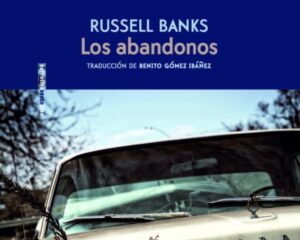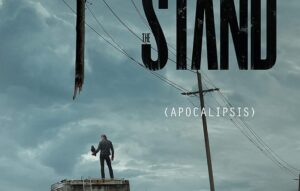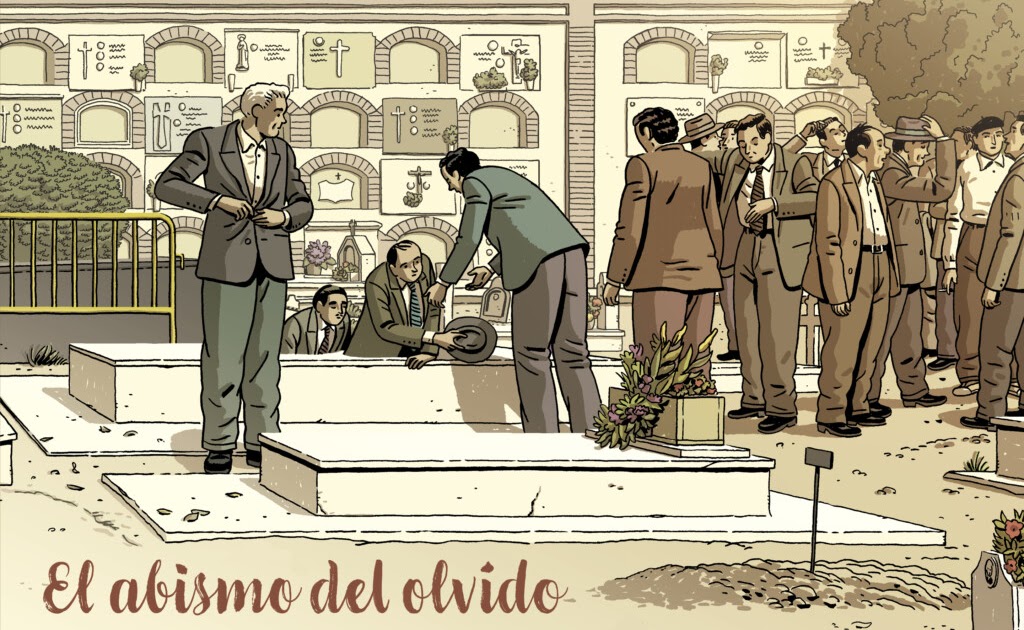
Language: español
Year of publication: 2023
Valuation: essential
There are books that hurt and, without a doubt, this is one of them. Yes, I know, it is a “cartoon” book, call it what you want, comic, graphic novel or even comic… but that has nothing to do with the harshness of the story it tells us or, if anything, , the kindness of the lines of his illustrations – even more so in the case of those of Paco Roca, which are nice and even endearing, no matter how atrocious what they are representing – highlights even more, by contrast, the barbarity, the inhumanity of what we are reading. In this case, the chronicle of events that occurred more than 80 years ago, but whose consequences, oddly enough, have not yet been fully resolved.
I explain: The abyss of oblivion is a graphic novel (graphic report, even?), the work of the more than famous Valencian cartoonist Paco Roca and the also Valencian, but journalist, Rodrigo Terrasa, about the excavation of one of the mass graves – in this case, 126, to be exact – from the Paterna cemetery, where more than two thousand people shot after the Spanish Civil War are buried. Yes, you read it correctly: not DURING, which could be considered something horrible but to be expected, but AFTER. People who had returned to their homes after the war and who had been detained there for supposedly committing crimes of the same nature and severity on the Republican side during the war, although it seems that most of the arrests were due more to hostility, envy and personal revenge than to those alleged crimes. The same thing happened in other places in Spain, of course, but the fact is that those shot in the artillery barracks of Paterna, near Valencia, were later transferred to the nearby cemetery of the town to make them disappear in the common graves dug there. , buried in any way, with nocturnality and treachery, as if they were infected animals. Now, what Franco’s repression could not foresee is that the local gravedigger, Leoncio Badía, another republican who had also been sentenced to death and later pardoned, would worry about giving his dead comrades the most dignified burial possible, to register where each one was with a view to a future exhumation (which could not be foreseen would have to wait until well into the 21st century) and to preserve some of their personal effects to give them to the families, trying to provide them with a minimum of comfort. All with great caution and discretion, of course, so as not to end up in one of those graves himself.
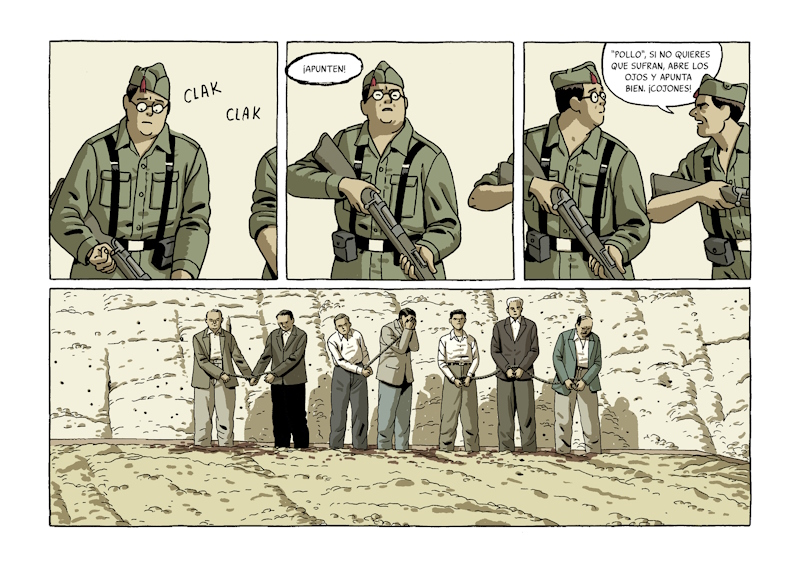
Leoncio Badía, a republican teacher forcibly converted into a gravedigger, is one of the heroes of this story that narrates facts that have little to do with the heroic, with the “war feats” with which fiction (even more so in the case of comics) has often associated this theme. Heroes are also Pepica, the daughter of one of those executed – or let’s put it clearly: murdered – who promised her mother that her father’s remains would rest next to hers in the cemetery and did not give up until she achieved it, almost ninety years old. or the archaeologists who have worked in this and so many graves throughout the Spanish territory, to put an end to a shameful situation, a disgrace that should have provoked, a long time ago, a revulsive reaction throughout society and that If he has not done it or not enough, it is something that does not say anything good about us, I am afraid… And it is not about reopening wounds or taking one side or another, it is simply really disgraceful and even abject to think that our society of well-being (barely, even if it is), of unbridled consumption and enjoyment as a flag is founded on the remains of so many people vilely murdered and humiliated even after death, on the pain of so many families and on their fear during several decades… and also about the oblivion that during many others the Spain that boasted of being open, modern and democratic decided to throw on itself, like the shovelfuls of quicklime and earth that the unhappy, but dignified and full of humanity, Leoncio found himself forced to throw over the corpses of the executed (not to mention the bureaucratic labyrinth to which their descendants have been forced, moreover, when they have tried to recover their remains).
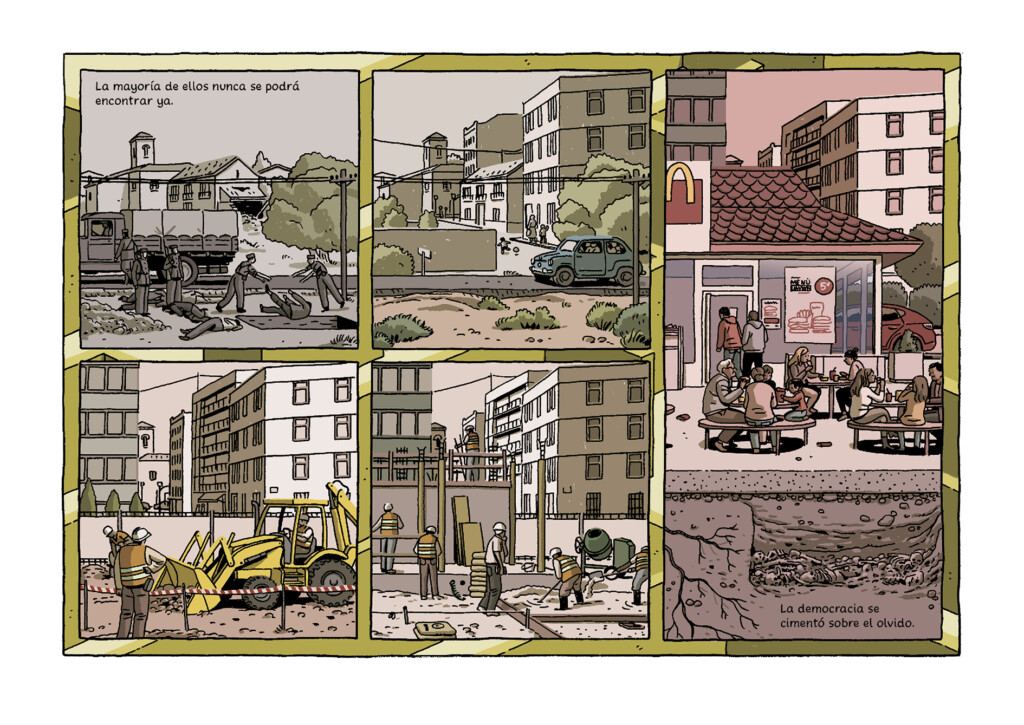
Source: https://unlibroaldia.blogspot.com/2024/03/paco-roca-y-rodrigo-terrasa-el-abismo.html


